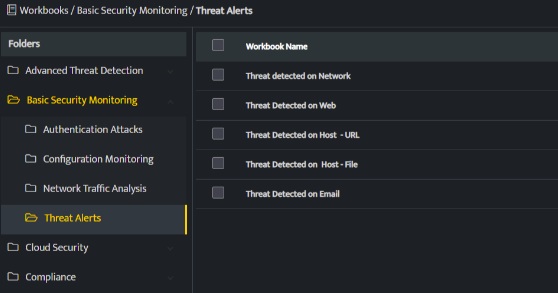- KNOWLEDGE BASE
- HUNTING WITH WORKBOOKS
- GETTING STARTED
-
START YOUR TRIAL
-
DEVICE INTEGRATION
-
CONNECTORS
-
DATA INGESTION
-
HUNTING WITH WORKBOOKS
-
DNIF Query Language (DQL Language)
-
SECURITY MONITORING
-
OPERATIONS
-
MANAGE DASHBOARDS
-
MANAGE REPORTS
-
USER MANAGEMENT & ACCESS CONTROL
-
BILLING
-
MANAGING YOUR COMPONENTS
-
GETTING STARTED
-
INSTALLATION
-
SOLUTION DESIGN
-
AUTOMATION
-
TROUBLESHOOTING AND DEBUGGING
-
LICENSE MANAGEMENT
-
RELEASE NOTES
-
API
-
POLICIES
-
SECURITY BULLETINS
-
BEST PRACTICES
-
DNIF AI
-
DNIF LEGAL AND SECURITY COMPLIANCE
Working with Pass through Content
Signature based threat detection always works as a one hit wonder for the organizations due to its ease in determining the presence of malicious entities in our network or systems. DNIF captures all the signature based threats from various security devices like firewall, IPS,Email Gateway, web filter and many more, segregate them based on valuable information like the suspicious origin, targeted host, malicious file, its path, name of the malware and correlates them with different attacks taking place in the organization.
How to work with Pass through Content?
Threat Alert Workbooks are at the core of the ‘Pass Through Content’ mechanism.

One needs to simply ingest the logs to DNIF and with no manual efforts required to write any detection rule, DNIF’s pass through workbooks will ensure seamless inclusion threat signals with rest other signals that are generated by DNIF.
